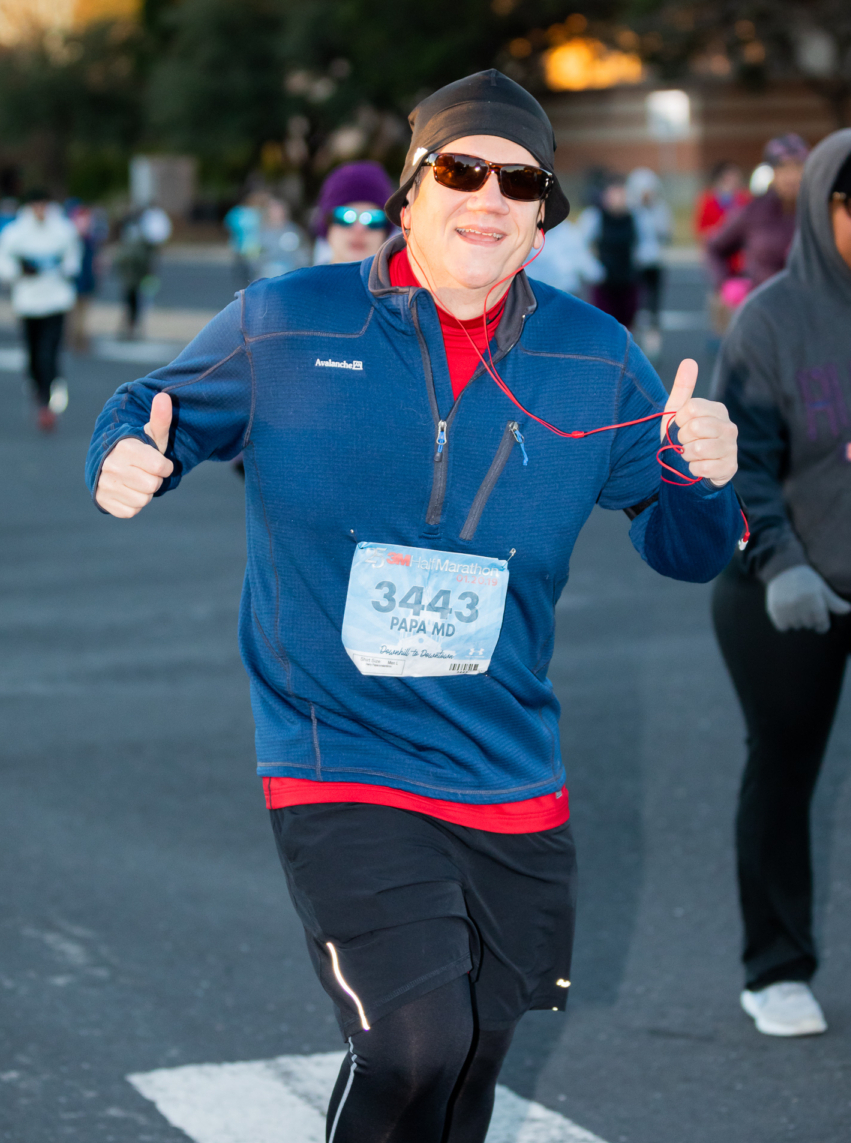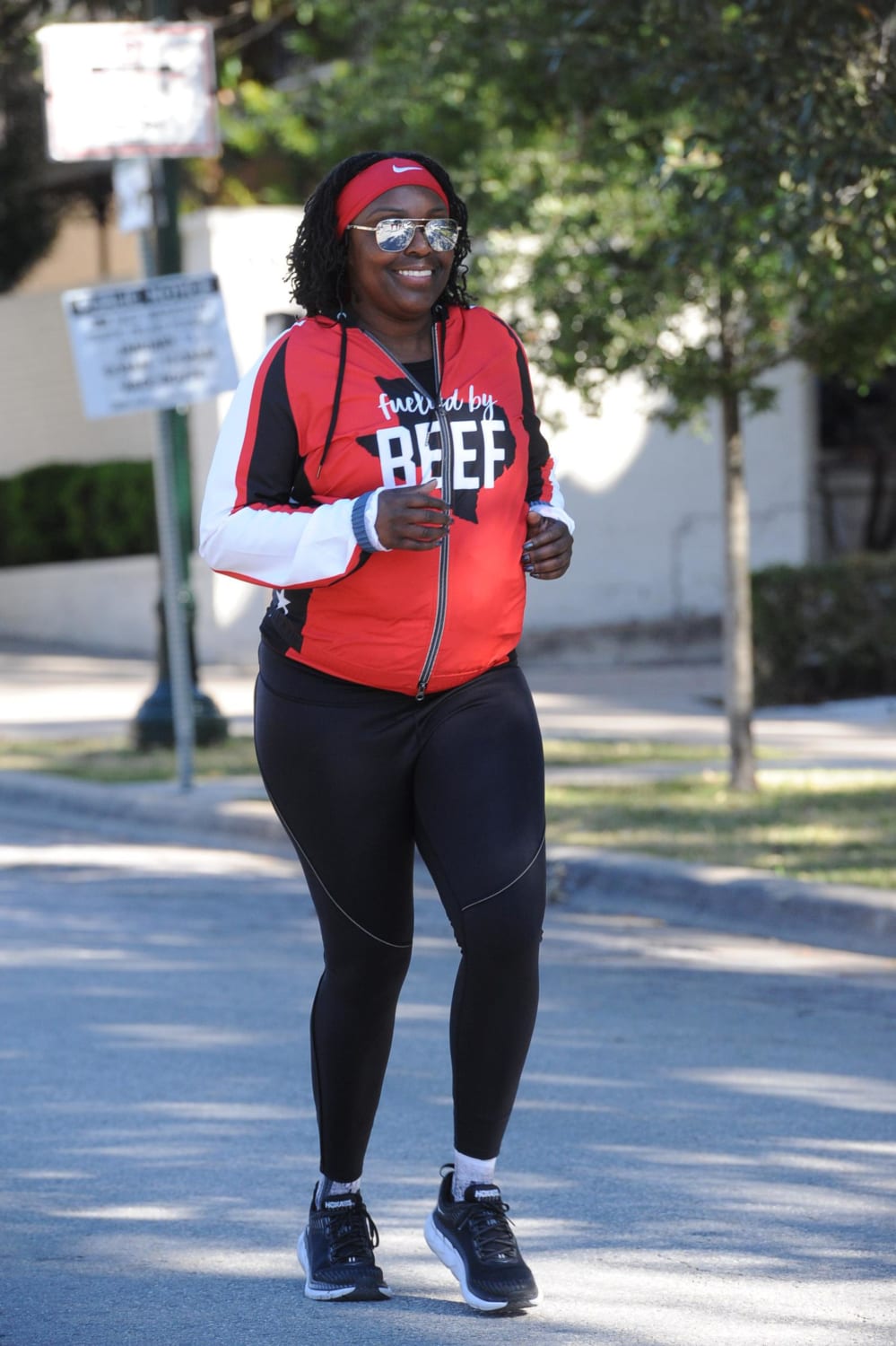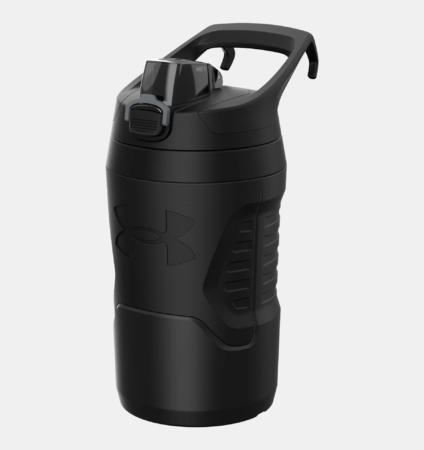Get out the door for your morning run with this helpful advice
You hear that? That’s your alarm clock going off earlier than normal. Your schedule calls for an early morning run. Now the internal battle begins because your bed is so comfortable and you were really enjoying sleep. Every runner battles themselves in some way every morning. Use one or all six of these tips to make your morning run!
1. Plan a Scenic Route to Motivate You
One of the biggest perks of living in Austin is the abundance of scenic running spots. Plan your morning run to include some of the city’s most beautiful locations. Nothing gets you moving like the promise of a sunrise over Lady Bird Lake or the cool, shaded paths of the Barton Creek Greenbelt.
Pro Tip: Kickstart your morning with a loop around the Lady Bird Lake Trail. You’ll get to see rowers gliding across the water as the city wakes up, which will fuel your motivation. Plus, how can you say no to those postcard-worthy skyline views?
2. Run Fuel at a Local Coffee Shop
Plan to stop by one of Austin’s many runner-friendly coffee shops after your run for a little post-workout treat. Whether it’s a cold brew from Mozart’s Coffee Roasters or an iced matcha latte from Houndstooth Coffee, having a post-run ritual tied to a local favorite can help get you excited to lace up. You’ve earned it!
Pro Tip: Tell yourself, “If I get this run in, I’m stopping by Bennu Coffee for a lavender latte.” Boom! Motivation and reward all in one.
3. Join a Local Running Group
Austin has an awesome running community, and nothing helps you stick to your morning run schedule like knowing someone is counting on you. Groups like The Morning Jo’s, RAW Running, and the Rise & Run have regular meetups around the city, often in the early morning hours. Not only will you have someone to run with, but you’ll also be a part of Austin’s vibrant running scene. Accountability = consistency.
Pro Tip: Check out WeRunAustin.com to find run groups to fit your schedule. Some running groups meet at iconic spots like the Texas Capitol or Zilker Park. Make friends and explore the city’s best running routes together!
4. Set Everything Out the Night Before
Take the guesswork out of your morning by laying out your gear the night before. Shoes, socks, watch, and hydration—have it all ready to go. When your gear is staring you in the face, it’s a lot harder to justify staying in bed. Plus, you’ll save valuable time in the morning. You know what they say: “Don’t think, just run!”
Pro Tip: Put your phone with your alarm across the room, next to your running gear. Now you have to get up!
5. Pair Your Run with a Recovery Session at a Local Spot
Once your morning run is complete, treat yourself to some active recovery! Austin has plenty of great places to help you recover in style. Swing by Deep Eddy Pool for a post-run swim or stop by Black Swan Yoga for a quick restorative session. Knowing you have a relaxing recovery plan lined up can help push you out the door in the morning.
Pro Tip: If you’re running on the Shoal Creek Trail, plan a cool-down stretch on the beautiful lawns at Pease Park afterward. You’ll get to relax while soaking in some nature.
6. Set a Race-Day Goal to Keep Your Eyes on the Prize
Whether you’re training for the Austin International Half Marathon or aiming for a personal best at a local 10K, keeping race day in mind is a powerful motivator. Austin’s race scene is electric, and nothing feels better than crossing the finish line knowing those early mornings paid off. Keep your registration confirmation or bib from a past race visible as a daily reminder of why you’re putting in the work.
Pro Tip: The Austin International Half Marathon is known for its amazing crowd support and lively atmosphere, so picture yourself running through downtown with the cheers of the city pushing you to the finish line. That’s something worth waking up for!
With Austin’s stunning running spots, cool local hangouts, and strong running community, there’s no reason you can’t conquer your morning run. Sure, the bed is comfy—but the feeling of a morning well spent on the trails is even better. Stick to these tips, and you’ll be cruising through those training miles and ready to dominate race day at the Austin International Half!
Let’s rise, run, and crush it together, Austin!






